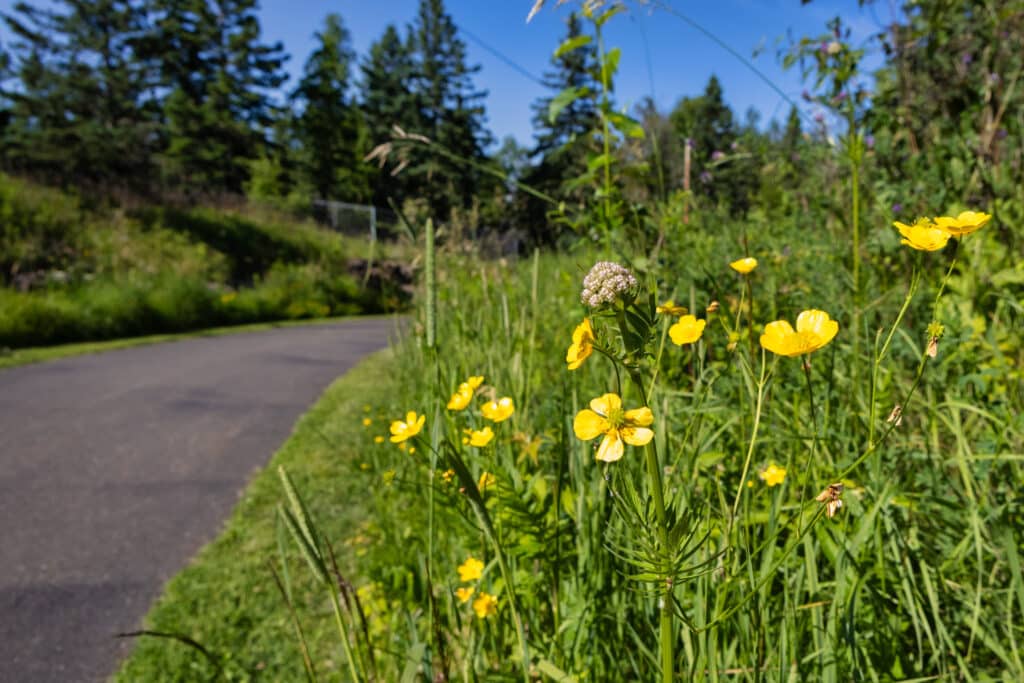Duluth’s Lakewalk is truly a nature-lover’s paradise.
At any point along the eight-mile paved path, in any direction you look, a bounty of plants and animals can be observed. From fragrant lilacs to boisterous squirrels, the Lakewalk has something for naturalists of all kinds.
Today, we present you with a curated list of some of the most common natural wonders seen along the Lakewalk.
This is Life on Your Lakewalk … the flora and fauna edition!
Critters
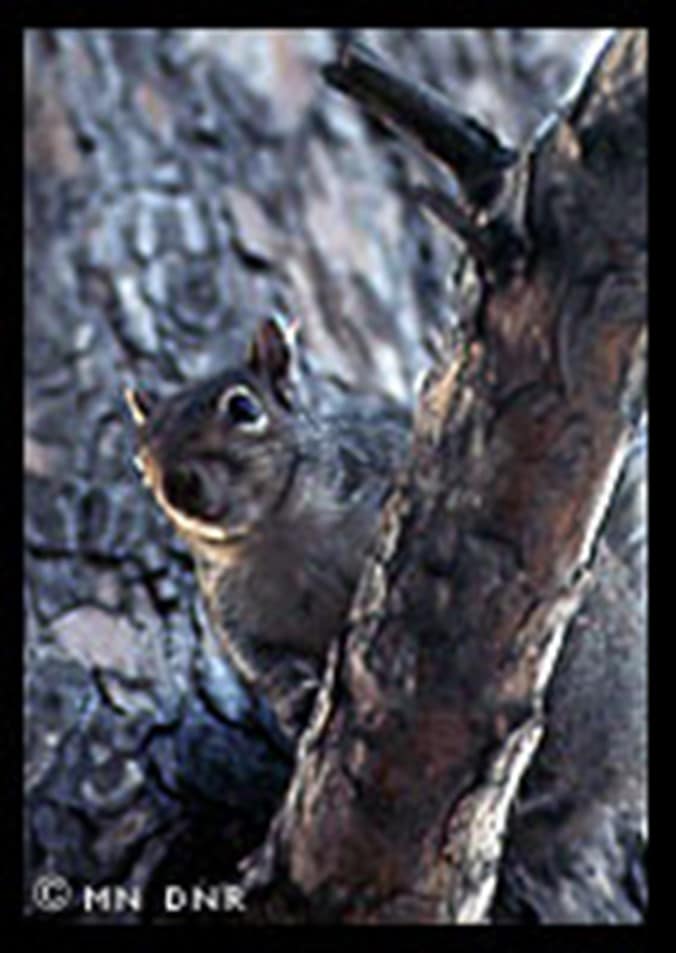

The gray squirrel (Sciurus carolinensis) is one of Minnesota’s most common wildlife species. Photos courtesy of the Minnesota DNR.
If you live in Duluth, squirrels are just a part of life. These amusing little creatures inhabit hardwood forests, wooded parks, and residential areas. They make their homes in tree cavities but also build leafy nests in summer and fall.
Their diet is mainly comprised of acorns, hazelnuts, walnuts, and seeds from many trees, as well as fungi and elm buds in late winter. These ravenous critters will definitely try to steal all your bird seed.
Fun fact: A gray squirrel can hide 25 nuts in half an hour, and can later locate roughly 80 percent of those it buried!
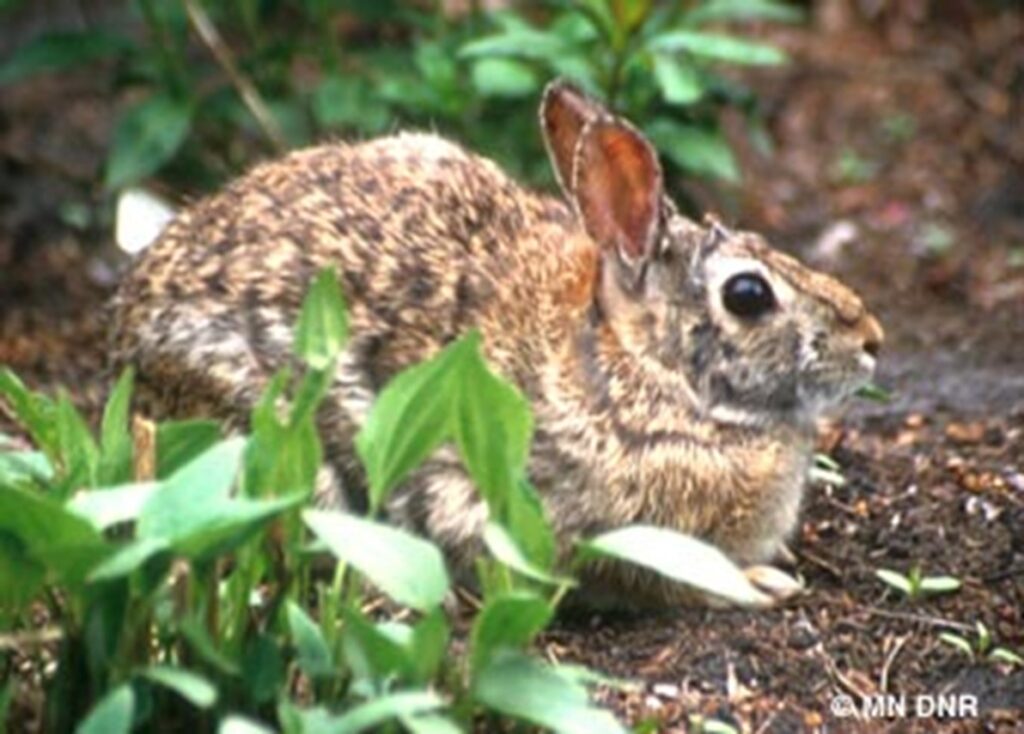
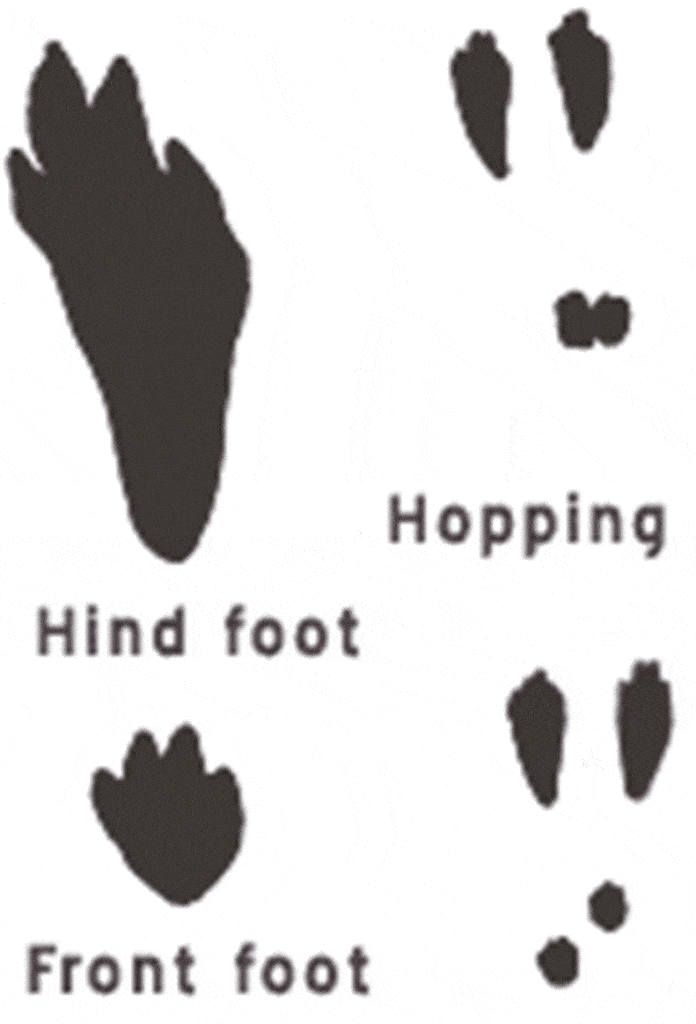
The Eastern Cottontail rabbit (Sylvilagus Floridanus) is another ubiquitous species that makes their home in Duluth. Photos courtesy of the Minnesota DNR.
The stereotype is true: rabbits can reproduce at an alarming rate. A female can give birth to a litter of four to six young, and then, within hours after giving birth, be bred again. Three weeks later, she will have another litter. The young of the first litter fend for themselves when the second litter arrives.
Residents of Duluth’s Park Point certainly understand this. After a pair of domesticated rabbits was released years ago, the “bunny population” took over.
Cottontails eat green plants, twigs, tree bark, and sometimes even their own vitamin-rich droppings.

The White-tailed deer (Odocoileus Virginianus) is a beautiful and elegant creature that is abundant in the Northland. With a varied diet, they will eat acorns, corn, soybeans, mushrooms, grasses, tree leaves, buds, twigs and bark, wild grapes, apples, and assorted shrubs.
Fun fact: When alarmed, whitetails fan their ears and raise their tails, as though raising a white flag. This is a signal to other deer that danger is nearby.
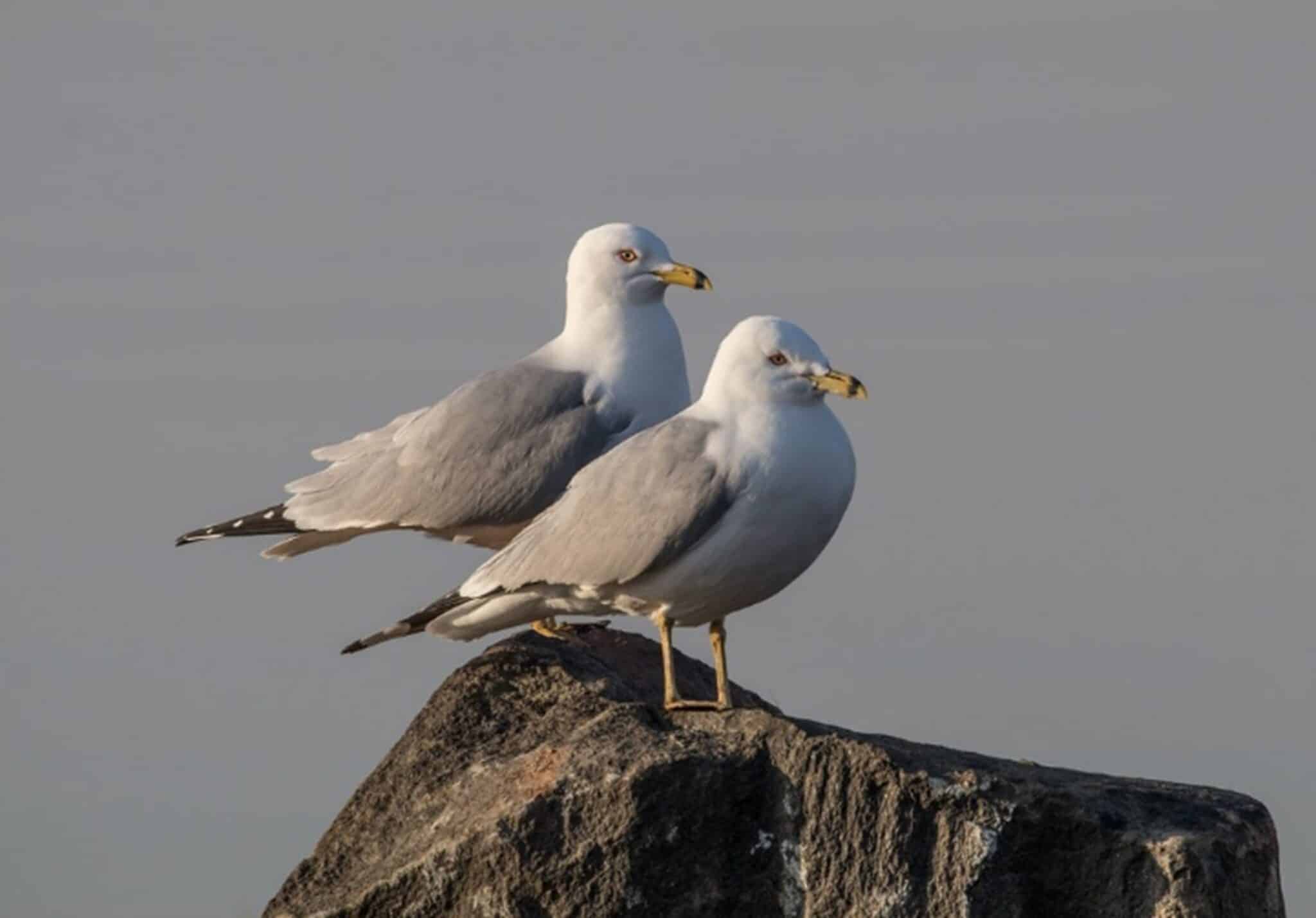
According to Gaea Crozier, a nongame specialist with the Minnesota Department of Natural Resources, these gulls are native to northeast Minnesota, specifically the Duluth area. Many of them have nests on Interstate Island, near Duluth, and on Knife Island, near Two Harbors.
Crozier explained that there are approximately 14,000 gull nests on Interstate Island, a small island created by dredging in the 1930s. It covers approximately 5 acres of land and is home to gulls and their nests.
Fun (or not-so-fun) fact: Ring-Billed Gulls will eat just about anything. While their natural diet includes insects and fish, they also love “people food,” including French fries and other junk food. Their begging and persistence are the reason many locals call them “sky rats.”
Flowers
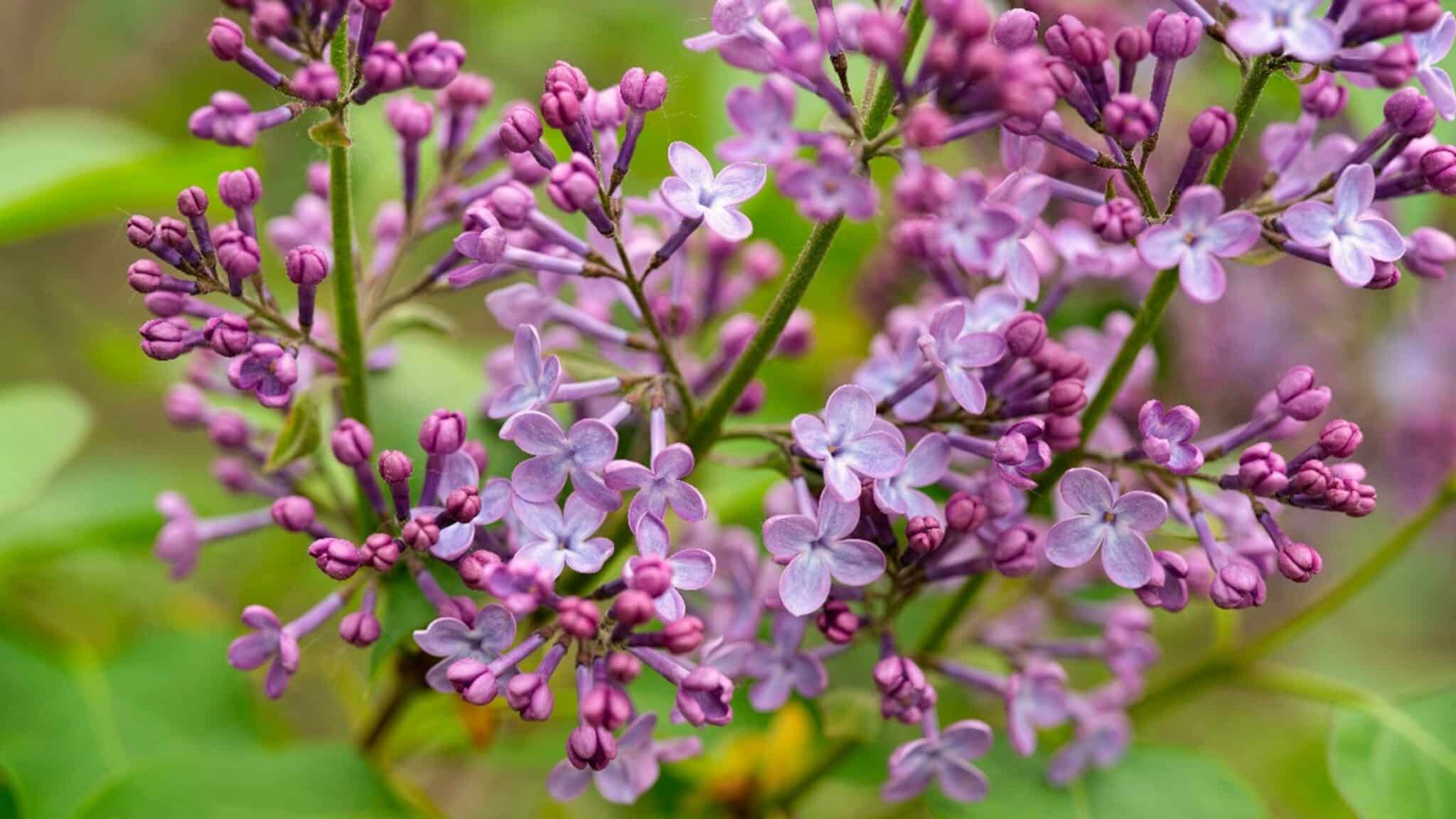
Ahhhh, lilac season. A fleeting but lovely time of year to enjoy the beautiful lilac, which has the most delicate fragrance.
According to the local website, Lilac Lovefest, Lilacs come in seven colors. However, most people are familiar with the common lilac, Syringa Vulgaris, which blooms in the northern states for 2 weeks in late May. However, there are early-, mid-, and late-season lilacs, which, when grown together, ensure a steady bloom for at least 6 weeks. Here in the Twin Ports, we have a longer season; in fact, Lilac Lovefest proclaims we have the longest growing season in the world!
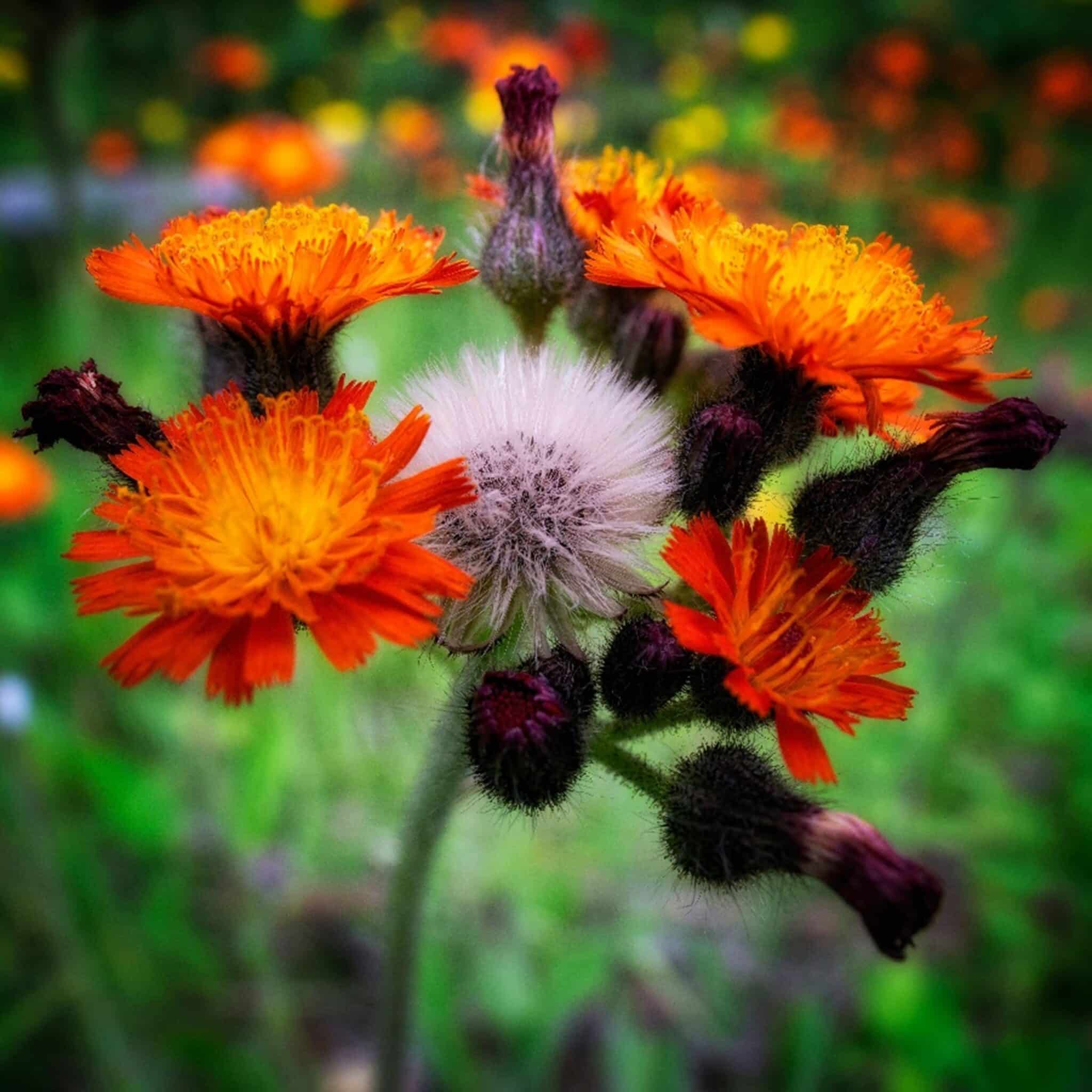
Orange hawkweed was initially introduced to the U.S. as an ornamental plant, due to its vibrant, flame-colored flowers. However, while beautiful, it is now an invasive species, taking over northern moist pastures, forest openings, abandoned fields, clearcuts, and roadsides. Hawkweed colonizes quickly and can rapidly dominate a site, resulting in the loss of native plant diversity.
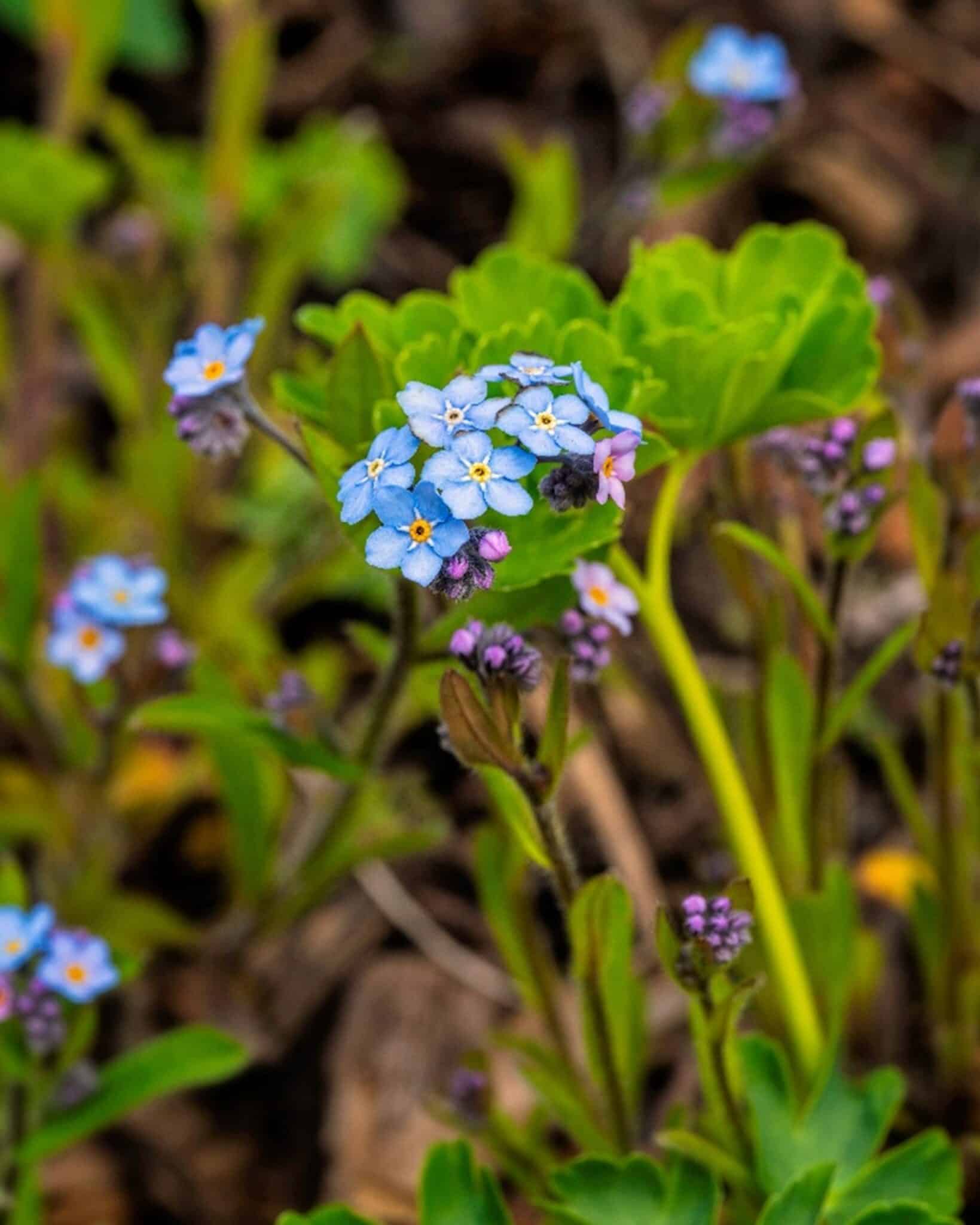
In Minnesota, the term “forget-me-not” typically refers to the species Myosotis Scorpioides, also known as True Forget-me-not, which is an introduced and naturalized plant. It is known for its aggressive spread in wetland habitats, such as lake margins and streams. Other Myosotis species, including native ones, also exist in Minnesota.
Butterflies
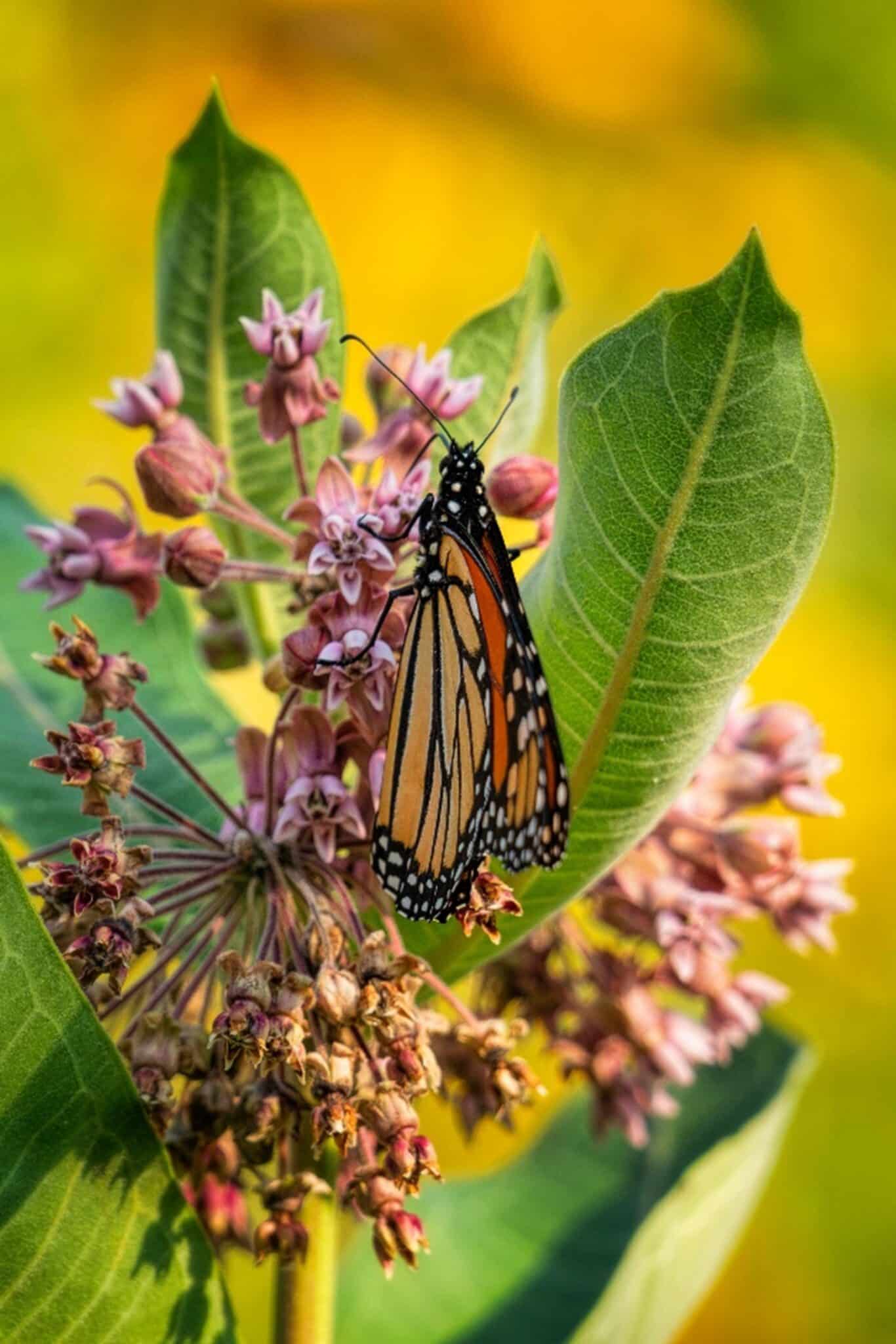
The beautiful Monarch butterfly is found throughout Minnesota. They live in fields and parks where milkweed and native plants are common. Each fall, tens of millions of monarchs, including those from Minnesota, migrate to wintering grounds west of Mexico City.
Butterfly milkweed is an excellent addition to home gardens and habitat projects due to its benefits for pollinators. It is a larval host for the Monarch butterfly, which feeds exclusively on species in the Asclepias genus. Its flowers provide high-quality nectar for other pollinators, including bees, butterflies, and hummingbirds.
Explorers’ Paradise
Summertime in Duluth is such a marvelous time to check out Mother Nature’s incredible bounty. All of these species – and so many more – can be found right along the safe, paved trail of Duluth’s Lakewalk.
This is just a small sampling of the abundant variety of flora, fauna, and wildlife that can be observed. So, don’t wait – get out there and explore today!

Life on YOUR Lakewalk is part of Destination Duluth’s “Life Up North” series, created to highlight one of the city’s most treasured public spaces. The Lakewalk stretches eight miles along the greatest of the Great Lakes, offering everything from front-row views of 1,000-foot freighters and breathtaking sunrises to quiet moments of serenity just steps from the city.
Through stories, historic insight, and photography, this series shows how the Lakewalk is far more than a path. Once an industrial wasteland, it is now a symbol of community, resilience, and pride. It reflects what Duluth values most — public access, natural beauty, history, and connection. Whether a lifelong resident or a first-time visitor, the Lakewalk is yours to enjoy. It is your view, your shoreline, your legacy.

